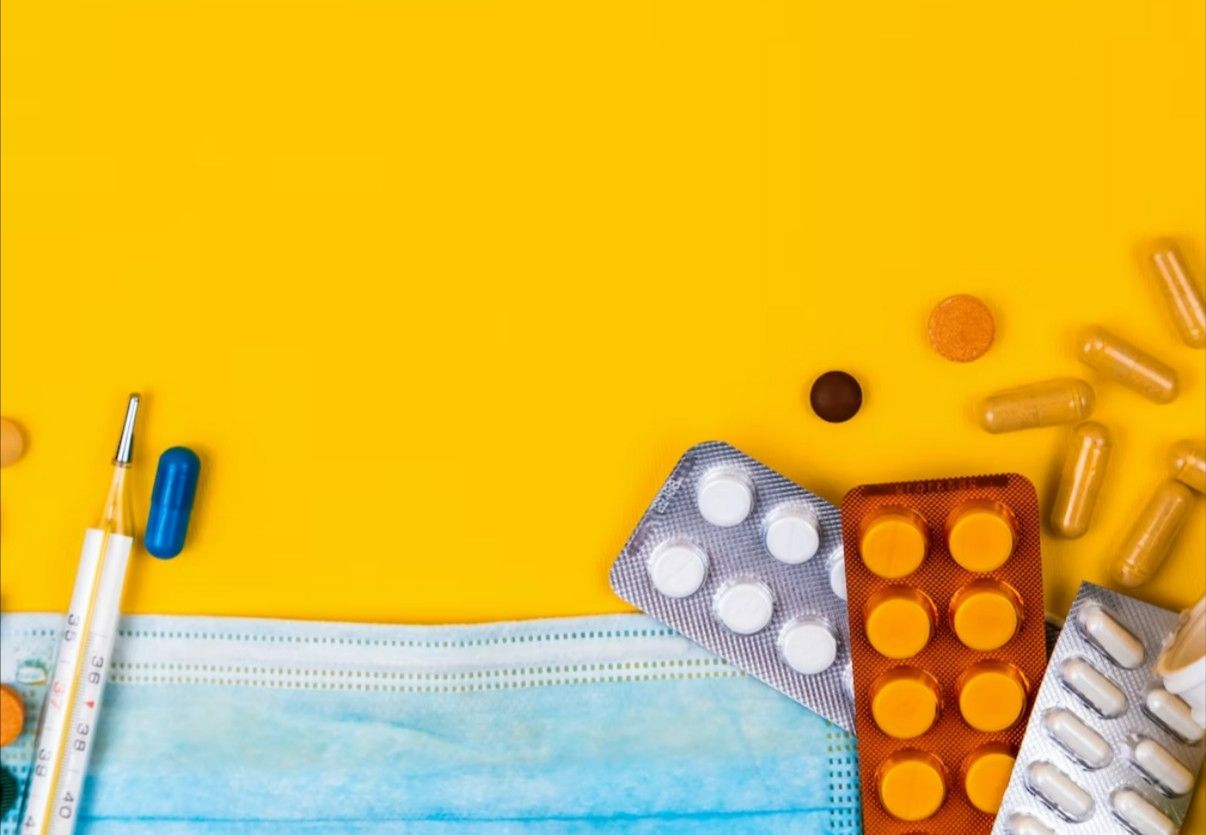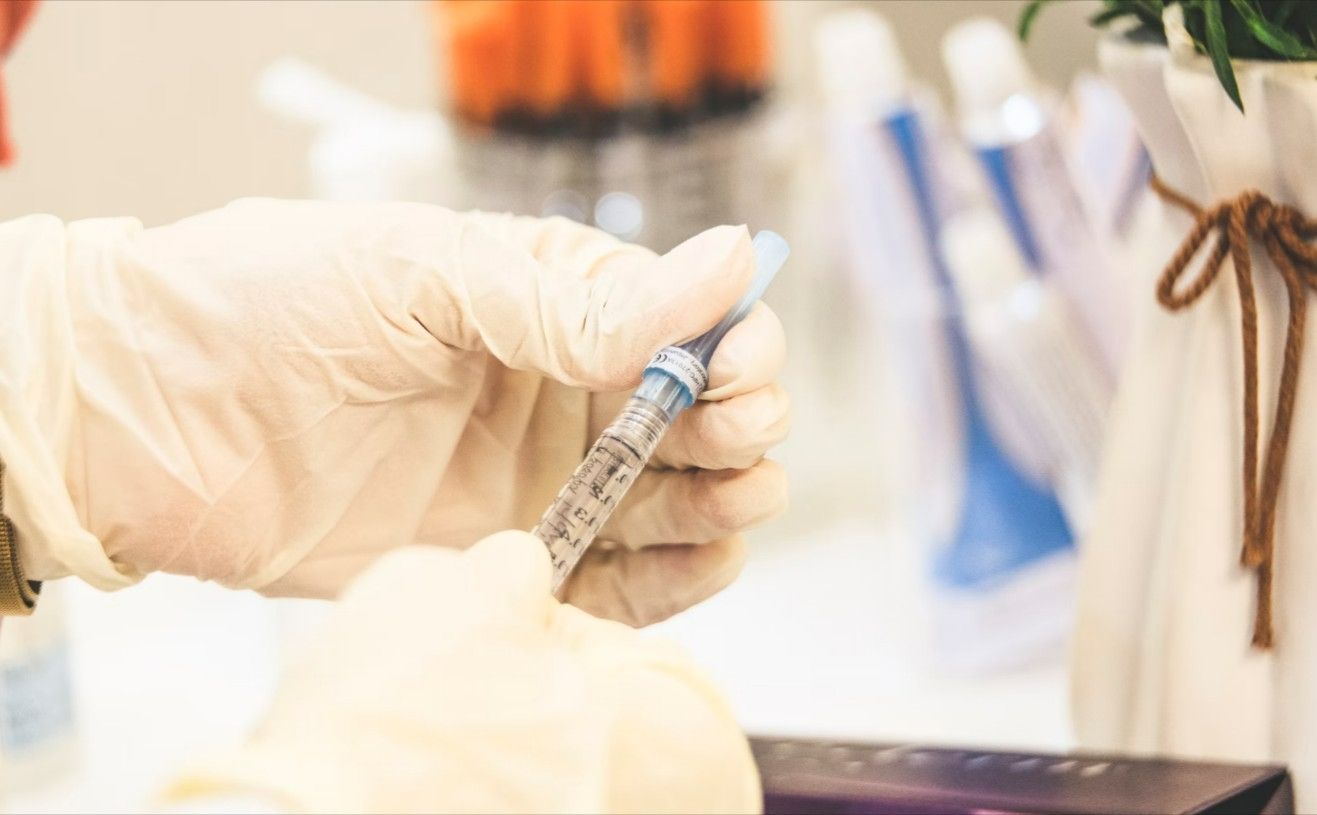The primary purpose of quality control in the pharmaceutical industry is to ensure that medications can move on to the next phase of production and are safe for human consumption by conducting tests at key points in the production process. Quality control also ensures the amount of the components used to manufacture medicine is accurate. It must be done thoroughly to ensure consumers are getting quality hygiene and the correct amount indicated. Quality control must be done from the beginning to the final product.
Raw Material Testing
The examination of raw materials is of utmost significance for ensuring the safety, quality, and effectiveness of pharmaceutical products. Polymorphism, the particle size of raw materials, and other qualities are only a few examples of the many factors that must be taken into account when deciding how raw materials should be mixed together. Because of this, using a checkweigher and metal detector combination in conducting an examination of the raw materials before they are used in the manufacturing process is absolutely necessary in order to determine the purity, identity, quantity, and quality of the raw materials. It is difficult to assess the quality of each individual ingredient in a pharmaceutical product because hundreds of raw materials and compounds are employed in the formulation process. The production process cannot begin unless the ingredients have been tested for quality. Furthermore, if inferior raw materials are used, the final product will also be of worse quality and may be subject to a product recall. Significant material and reputational loss may result from this. For this reason, pharma companies cannot skip the step of testing their raw materials.
To ensure that all incoming raw materials meet the necessary standards and specifications, testing is performed. It goes without saying that the quality and safety of the finished product will suffer if the raw ingredients are supplied incorrectly. In addition, it will lead to production holdups and substantial resources being wasted. From the very beginning of a drug’s development process, testing laboratories are crucial in helping pharmaceutical businesses establish quality standards for raw materials.
Final Product Testing
Finished product quality controls are conducted after production is complete to ensure that the final product meets all applicable standards for quality and safety for the duration of its shelf life. When defining the parameters of the final product, it is important to factor in the quality attributes associated with the production method. For each quality factor investigated during the design and validation of the production process, a suitable specification should be established. Crucial features or parts should be the focus of regular specification verification. Based on a critical, complete assessment of the data acquired from the batches tested, the applicant for marketing permission sets the specification limits of the finished product at the time of batch release such that the specifications specified at the end of shelf-life are assured.
Stability Testing
The purpose of stability testing is to ascertain whether or not the quality of a drug substance or drug product is compromised by exposure to light, temperature, and humidity over time. To make a dosage form, a drug’s “substance,” also known as its Active Pharmaceutical Ingredient, must first be combined with excipients. The term “drug product” refers to the combined active pharmaceutical ingredient and inactive ingredients of the medicine’s commercially available dosage form. Stability testing establishes the “re-test period” for drug material or the duration during which the substance is expected to remain within specification and may be employed in the production of a certain drug product. Specification testing, material inspection, and rapid distribution following acceptance criteria fulfilment are required before a drug substance can be utilized after the predetermined re-test period has expired.
Documentation and Record Keeping
A quality manual, standard operating procedures, and other documents provide the laboratory with vital guidelines. As part of the criteria for a high-quality laboratory, they must be implemented. They are an indication of how well the laboratory is managed and how well quality control is implemented. Information can be easily retrieved from archives and records kept by laboratories. The majority of the time, spoken directions are either ignored, misunderstood, forgotten or difficult to implement. Keeping detailed records is a useful management technique for maintaining a high standard of service. They also aid in keeping track of samples and spotting issues. They provide insight into the performance of your team. Keeping sloppy records is a common sign of inefficiency and lack of planning. Keep records for better decision making. The Quality handbook, SOPs, personnel files, controlled documents, equipment maintenance, Instrument files, quality control, calibration and verification, testing tracking system, temperature and humidity logs, proficiency testing, and quality evaluation are all essential papers for every laboratory.
In-Process Testing
From receiving raw materials to releasing completed dosage forms, IPQC is concerned with giving precise, specific, and definite descriptions of the processes to be used. While some IPQC testing may be done in a separate lab, the vast majority of the time, it is done right where the product is being made. That’s why they shouldn’t be responsible for the product’s quality. Tests conducted while production underway makes finding and fixing defects much simpler. The process can sometimes detect a bad batch of products that can be fixed through rework; however, once the batch is complete, the problem might be irreparable. When process control specifications are not met, it is because either the proper procedures were not followed or an uncontrollable factor (S) was present.

Quality control checks and tests the medicine at multiple points in the pharmaceutical industry. It checks these points in the manufacturing process to guarantee high standards that are uniform. If any defects are found in the raw or final products, they are tracked down and corrected using corrective procedures as part of quality control. Quality control ensures a product is up to standard with what buyers and authorities want. In the pharmaceutical industry, quality control is integrated as a vital aspect of quality management. Therefore, no medicine should be on the market that has failed the quality control test or has not undergone the test.

